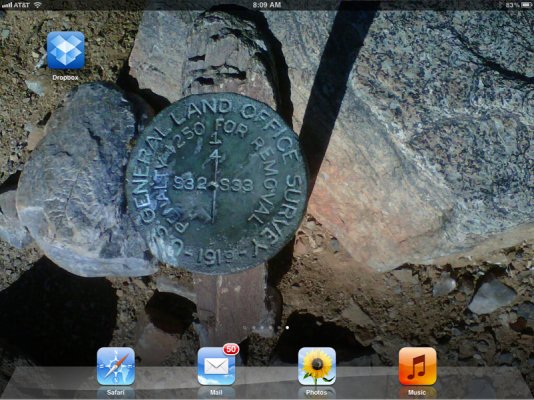Hello:
I am trying to figure out the borders of my property. I have two surveys. I am trying to figure the distance from the exterior walls of the house to the end of my property line. The survey includes some measurements and angles, but does not give the distance between the exterior walls of the house and the end of the side property lines. The property is on a curved road, so the measurements are not for a square piece of property.
If you can read and interpret surveys please send me a private message (PM) and I will send you over a copy of the surveys. My username is midnighter777.
Thank you for your help.
I am trying to figure out the borders of my property. I have two surveys. I am trying to figure the distance from the exterior walls of the house to the end of my property line. The survey includes some measurements and angles, but does not give the distance between the exterior walls of the house and the end of the side property lines. The property is on a curved road, so the measurements are not for a square piece of property.
If you can read and interpret surveys please send me a private message (PM) and I will send you over a copy of the surveys. My username is midnighter777.
Thank you for your help.


